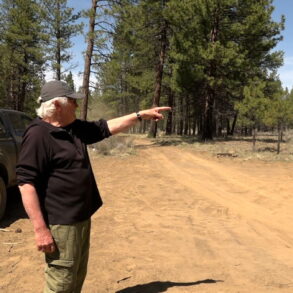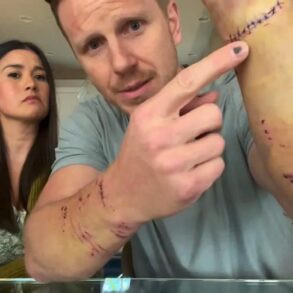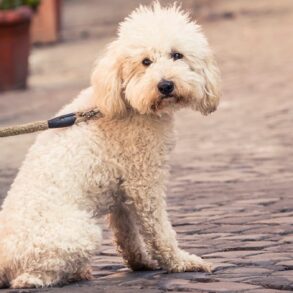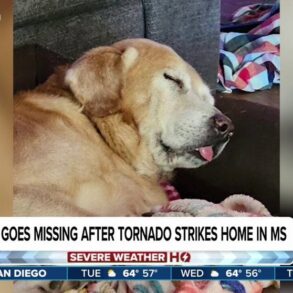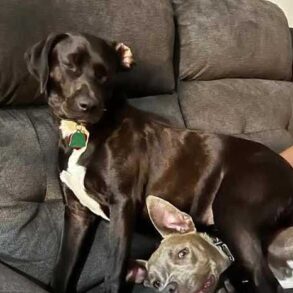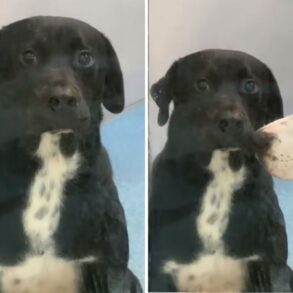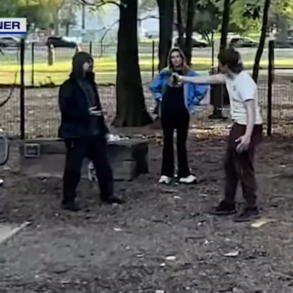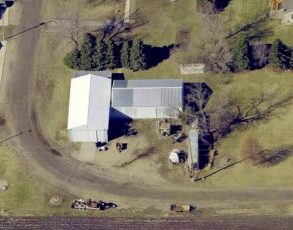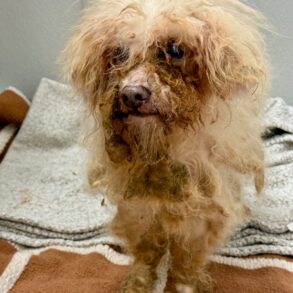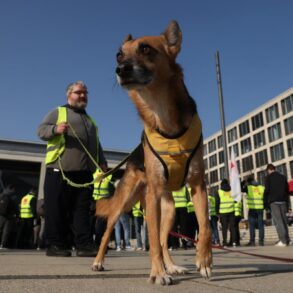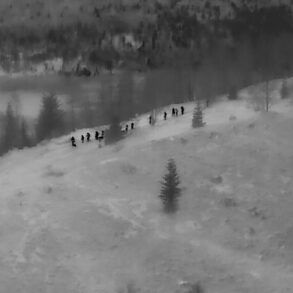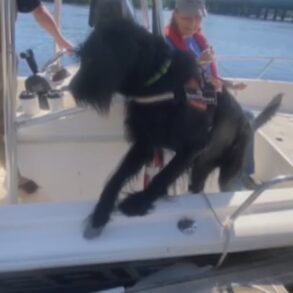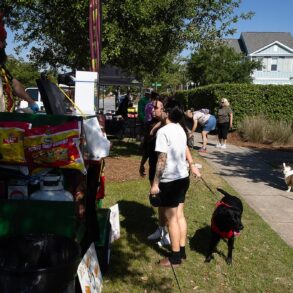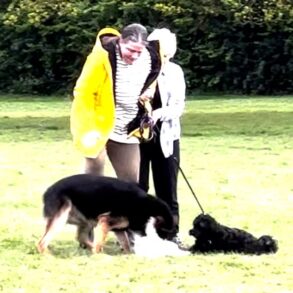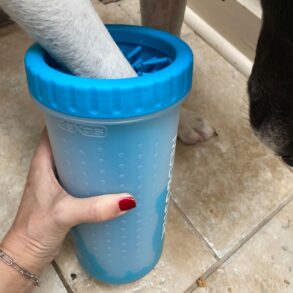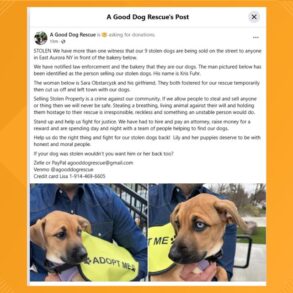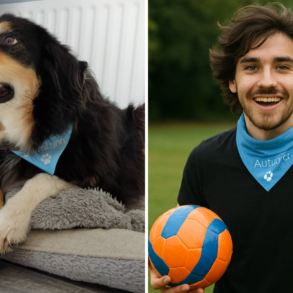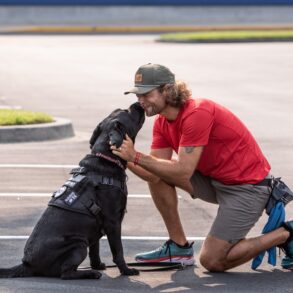In my last column, I talked about cranial cruciate ligament injuries: what they are and how they happen. So, let’s say the worst has happened and your dog injures her CCL. Your veterinarian says that the best treatment option is surgery … but what does this surgery entail?
There are four basic types of CCL surgery: Tibial Plateau Leveling Osteotomy, Extracapsular Repair, Tibial Tuberosity Advancement and Lateral Fabellotibial Suture. Your veterinary surgeon will determine the best type for your particular dog’s size, weight, sex, age and activity level. That being said, the most common type of CCL surgery today — and generally the most successful, especially for large dogs — is the TPLO.
The development of TPLO surgery in 1993 made a huge difference in the treatment of CCL rupture, as previous ligament repair surgical methods often didn’t last. Unlike those earlier procedures, TPLO surgery creates a more normal configuration of the knee joint by reducing the amount that the shin bone (tibia) shifts forward on the thigh bone (femur) while the dog walks or runs. The less shifting, the fewer chances there are of your dog developing future joint inflammation and osteoarthritis.
In the simplest terms, here’s what the surgery entails: the surgeon makes a semicircular cut through the top of the tibia, reduces its slope as related to the femur, then screws in a bone plate to stabilize the tibia and allow it to heal. The two potential complications from the surgery are infection and implant failure and/or bone fracture.
Infection is by far the most common, typically caused by the dog licking the incision because you’ve taken off the e-collar too soon. Notwithstanding those complications, over 90% of dogs who undergo TPLO surgery achieve full function after recovery and return to their normal activity level.
That’s not to say TPLO surgery is a walk in the park for either the dog or their caretaker. People have described the recovery process as “grueling,” “discouraging” and “interminable” … mostly because it requires severely limiting your dog’s physical activity, which can be challenging with a large, energetic dog.
Immediately after the surgery, your focus must be on managing pain, preventing surgical failure by keeping your dog calm and doing everything you can to encourage healing. You’ll want to check the incision daily for the first couple of weeks for any signs of infection or abnormalities. While some swelling is normal during the first week, if you notice excessive swelling, discharge, a significant change in your dog’s behavior or any signs of pain, contact your veterinarian immediately.
While different dogs progress differently in their recovery, you can expect a progression similar to this:
• First 48 to 72 hours post-op: Most dogs will resist putting any weight on the affected leg. They may begin to lightly touch a toe to the ground or put a small amount of weight on the leg after 2 to 3 days.
• 10 to 14 days post-op: The dog will gradually begin putting more weight on the leg.
• 4 weeks post-op: By now, the dog is consistently walking on its leg, probably with a limp.
• 8 to 12 weeks post-op: Some dogs are walking normally by this time although others still show some degree of limping from time to time.
Professional veterinary guidance and regular follow-ups, coupled with conscientious home care, can help ensure the best long-term results for your dog and will enable him to return to his normal activity levels after 3 or 4 months.
The watchword after TPLO surgery is patience — for both you and your dog!
Joan Merriam lives in Nevada City with her new golden retriever Frankie, her Maine coon cat Indy, and the infinite spirits of her beloved goldens Joey and Casey. You can reach Joan at joan@joanmerriam.com. And if you’re looking for a golden, hop on over to Homeward Bound Golden Retriever Rescue.
This post was originally published on this site be sure to check out more of their content.



